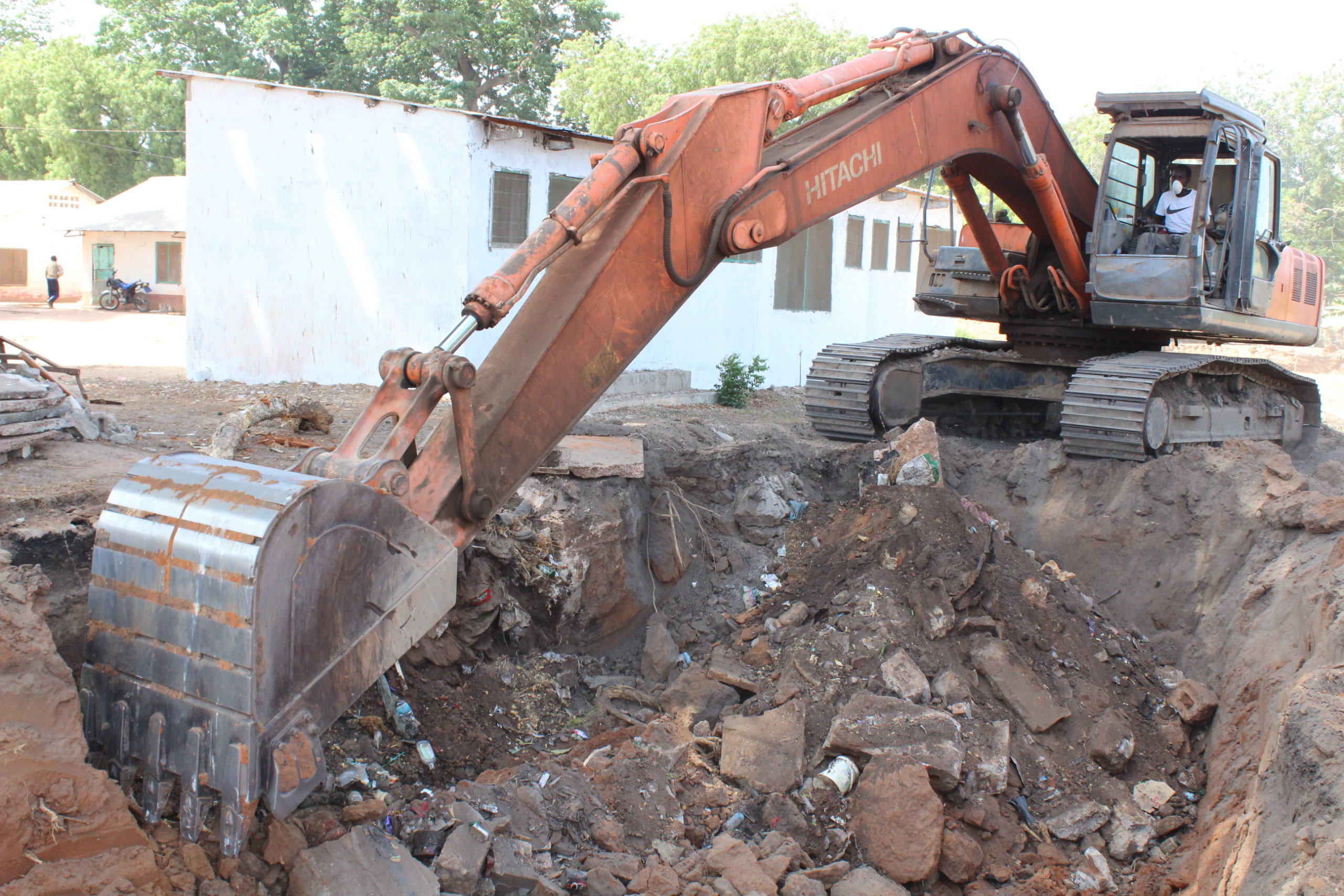Exhumation of Nov. 11 victims: 2nd day of search, no answer
The search for remains of soldiers killed by the military junta on November 11, 1994, has turned up empty as it enters second day.

The second day for the search of the remains of soldiers killed by the former military ruler and his colleagues on November 11, 1994, has ended without success.
A determined team of investigators from the Truth, Reconciliation and Reparation Commission and police have dug where they believe the soldiers killed on November 11 have been buried but the search did not yield the desired results.
The exhumation began on Friday when they dug an area of about 7 by 10 meters but the suspected mass grave turns up empty.
The investigators have been given conflicting accounts as to the exact place of the mass grave where an unspecified soldiers killed were buried.
Two places about 25 meters from the infamous cook house at the Yundum barracks were identified by most eye witnesses, all of them soldiers.
The investigators marked the place and started the digging. The first identified place turned up empty yesterday and another turned up empty on Saturday.
However, the investigators continue their search on Monday when the Commission resumes its sittings.
The team was led by Thomas Gomez, a police forensic expert, and Alagie Barrow, the lead investigator at the TRRC.
Part of the mandates of the Commission is not just to establish the historical records of the past human rights violations but also to ensure that remains of people are exhumed and returned to their relatives.
Meanwhile, Gomez, country’s only forensic expert who exhumed the remains of Solo Sandeng and December 30 attackers is still optimistic.
“Otherwise, we will have to dig the whole area,” he said. It has been 22 years since these soldiers were killed but Gomez said their remains needed for their identification will still be there.
He has, however, never exhumed a body that has had two decades in the grave. The investigators have already met the families of the victims and got their DNA information.
They have also got victims’ other information such as their cloth they wore that day, shoes, artificial tooth if any of them has, rings if they have and other things.
Gomez said all these helps in the search process after the remains are found.


Comments are closed.